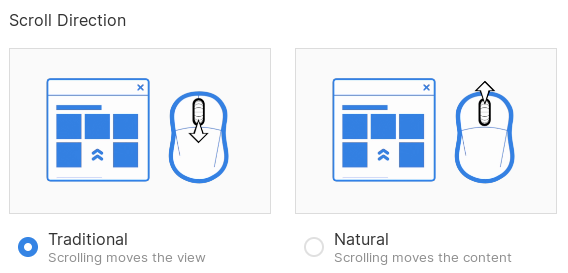184
you are viewing a single comment's thread
view the rest of the comments
view the rest of the comments
this post was submitted on 24 Sep 2023
184 points (96.9% liked)
Linux
48623 readers
1402 users here now
From Wikipedia, the free encyclopedia
Linux is a family of open source Unix-like operating systems based on the Linux kernel, an operating system kernel first released on September 17, 1991 by Linus Torvalds. Linux is typically packaged in a Linux distribution (or distro for short).
Distributions include the Linux kernel and supporting system software and libraries, many of which are provided by the GNU Project. Many Linux distributions use the word "Linux" in their name, but the Free Software Foundation uses the name GNU/Linux to emphasize the importance of GNU software, causing some controversy.
Rules
- Posts must be relevant to operating systems running the Linux kernel. GNU/Linux or otherwise.
- No misinformation
- No NSFW content
- No hate speech, bigotry, etc
Related Communities
Community icon by Alpár-Etele Méder, licensed under CC BY 3.0
founded 5 years ago
MODERATORS

I think the reason Apple also went with natural scrolling for mice is because of their Magic Mouse which attempts to act like it's a trackpad. The gestures are similar to how they are on their trackpads, so it's consistent.
Touchscreens and trackpads? Natural scrolling all the way, we're directly moving the content. It works the same as if your two fingers were click and dragging the content, it does feel pretty natural.
With a traditional mouse, I see the wheel as already inverting the movement: imagine the content is the mousepad, traditional mouse wheel direction scrolling down would be pushing the content under the mouse upward. Although I think the real reasoning is probably just either you're controlling the scroll bar or the engineers just thought that's what felt natural and intuitive to them at the time. It was probably born as basically just a more granular page up/down button that became a wheel.